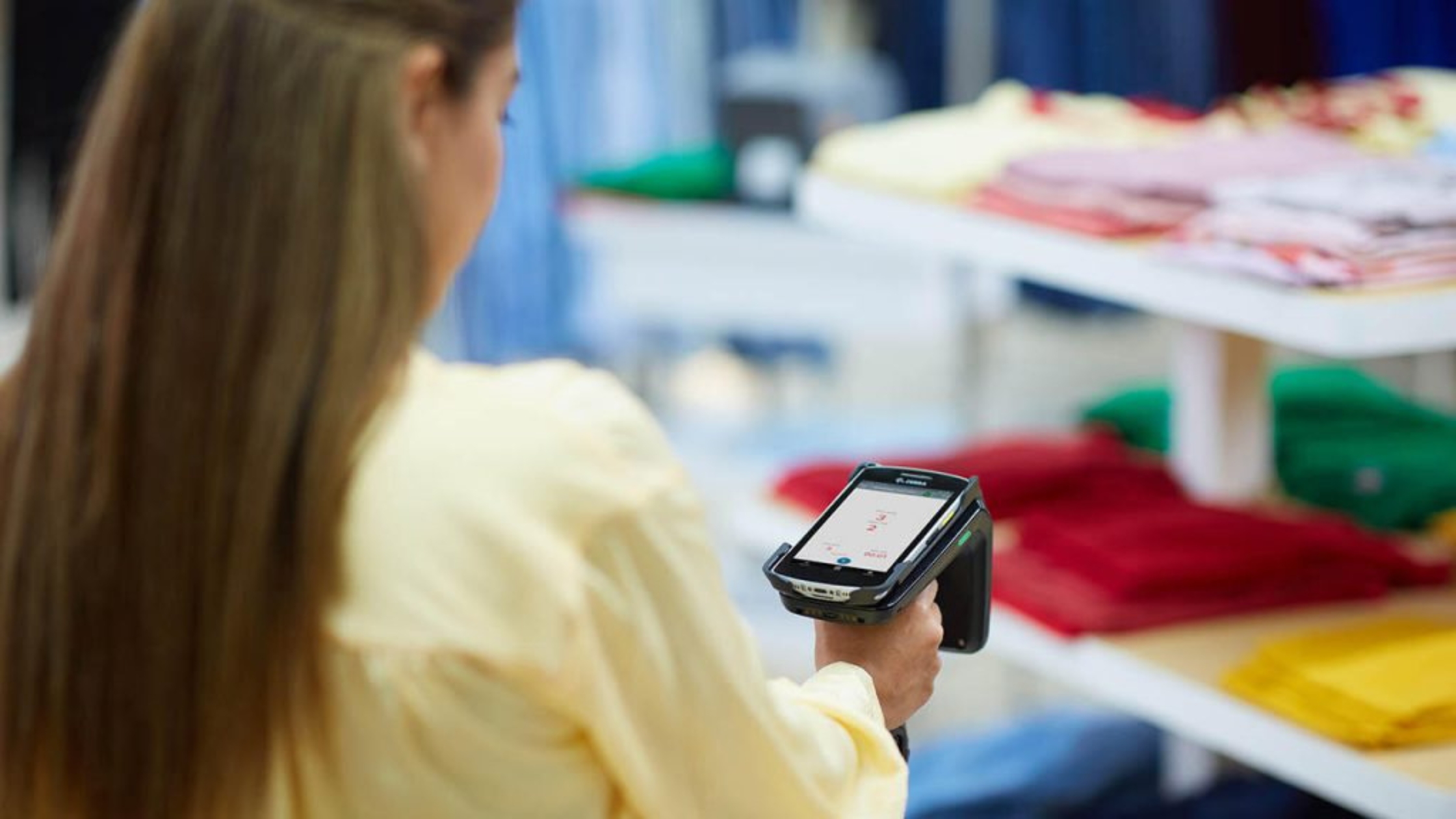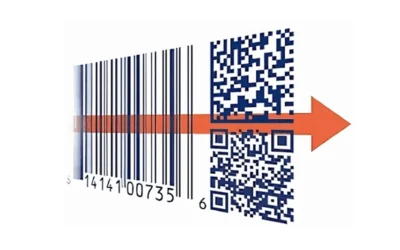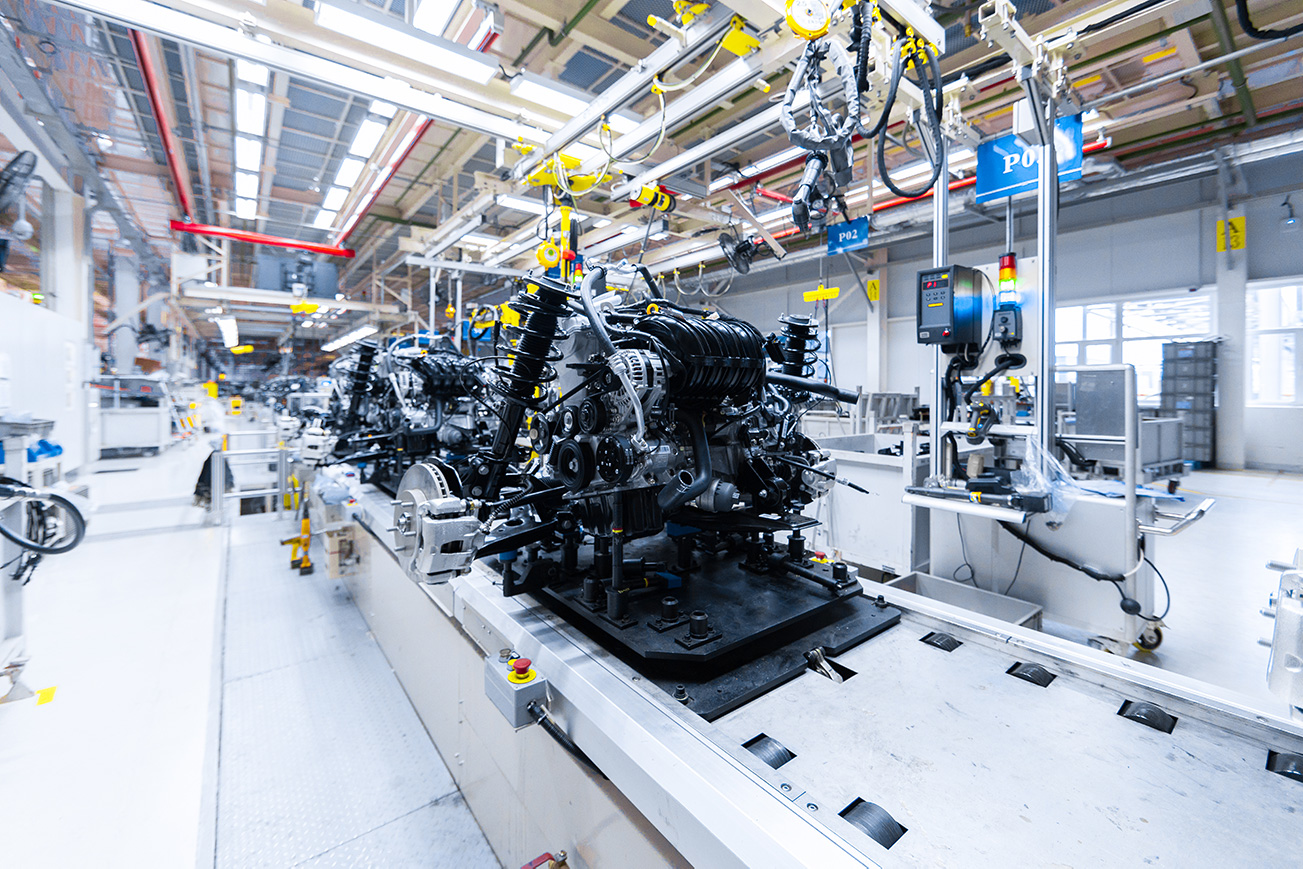What Is Retail RFID?
You’ve probably heard of RFID – Radio Frequency Identification – but do you know its implications for retail organizations? As a review, RFID technology uses electromagnetic fields to automatically identify and track objects in inventory using a tag attached to each item.
The tags store information about the object, scanners report the data, and software compiles it into a form management can use. Retail organizations typically use RFID for inventory tracking, gaining real-time visibility into stock levels, viewing how goods move through the supply chain, and how inventory leaves the store.
How does retail rfid work?
Retail rfid works by using electromagnetic fields to automatically identify and track objects in inventory through tags attached to each item.
Most shoppers already have some experience with RFID. When you check out at a store, and the register attendant removes a tag from your item so it doesn’t set off an alarm, that’s RFID. However, developments in RFID technology take its capabilities much further today.
Imagine walking into a major clothing brand’s store for a pair of jeans. As you select a pair, a nearby interactive display shows you reviews of the jeans, style suggestions, and even which sizes and colors are available in-store. Once you decide on a pair, you request it on the screen. Moments later, an associate brings the exact pair you need.
You head to the fitting room, where another screen identifies the jeans through its RFID tag. It suggests a shirt that pairs well with them, so you also decide to try on the shirt.
At checkout, you leave your items in your shopping bag. The cashier places it near the counter, and the RFID reader scans all your things simultaneously, making the checkout process quick and smooth.
Such an integrated and personalized shopping experience is no longer in the future. RFID technology is increasingly making it a reality in modern retail outlets.
How Do Retailers Use RFID?
Retailers use RFID in several different ways to enhance operations. While these are straightforward concepts, working with an experienced implementation partner helps you adapt these concepts to your organization.
Inventory Management
By attaching RFID tags to products, retailers can track inventory levels in real time. Immediate information helps reduce stockouts and overstocks and ensures the right products are available when a customer wants to select them.
Loss Prevention
With RFID, you can track items throughout the store, reducing the chance of theft. If an unpurchased item passes through the exit, your RFID system integrator can configure your system to trigger an alarm.
Enhanced Customer Experience
Some fitting rooms have an RFID reader that detects the products a customer brings in. The system can offer suggestions for complementary items, sizes, or colors, personalizing the shopping experience and providing an upsell opportunity for the store.
Streamlined Checkout
RFID can scan the entire shopping basket at once, speeding up the checkout process and reducing long lines.
Supply Chain Visibility
Retailers can track products from the supplier to the store floor, enabling more accurate forecasting and better decision-making.
5 Powerful Use Cases for Retail RFID
Enhanced Inventory Management
One of the primary uses of RFID is providing accurate, real-time inventory data. Instead of manual stock checks prone to human error, RFID instantly and accurately scans entire shelves or stock rooms. Inventory accuracy ensures on-time stock replenishment and improves customer satisfaction when desired items are readily available.
Interactive Customer Experience
RFID breathes life into in-store displays, making them interactive. As customers approach or handle a product, nearby screens display information, styling tips, or promotions related to that product, creating a more immersive shopping environment.
Swift and Seamless Checkout
A significant pain point in traditional retail shopping is the checkout line. With RFID, the entire shopping basket scans at once. There is no need to process each item individually, speeding up the process and reducing manual scanning errors.
Supply Chain and Logistics Optimization
Beyond the store, RFID tags play a crucial role in the supply chain. RFID tracking ensures logistics transparency from the point where items leave the manufacturer to when they arrive in the store. Retailers can foresee potential delays, manage stock rotation more effectively, and ensure the freshest stock is always displayed.
The Pros and Cons of Retail RFID
Pros
- Increased accuracy – Manual inventory counts are error-prone, but RFID increases inventory accuracy up to 95% or more
- Labor savings – RFID automation reduces employee time required for rote tasks such as inventory
- Real-time data – RFID provides real-time data, helping retailers better predict trends and make better restocking decisions
- Enhanced customer experience – As mentioned, RFID personalizes the shopping experience and streamlines the checkouts
Cons
- Initial cost – An RFID system comprises tags, readers, and system integration, which all have associated costs
- Tag interference – Metals and liquids can interfere with RFID signals, which can be a challenge in retail settings
How Much Does Retail RFID Cost?
Depending on the scope of the system, retailers can expect to spend thousands to millions of dollars on a complete RFID system. The cost of implementing retail RFID varies widely based on several factors:
- Scale – Larger operations may need more tags and readers, increasing costs
- Type of Tags – Passive tags cost as little as $.035, depending on the tag and volumes, but there are several added layers. They must be converted into a label or hang tag that must be printed and RFID encoded.
- Infrastructure – This includes readers, antennas, and middleware. Prices range from a few hundred to thousands of dollars, depending on the scale and brand
- Integration – Integrating RFID with existing systems might incur additional costs
- Maintenance – Over time, there are costs associated with system updates, tag replacements, and potential repairs
What is the Future of Retail RFID?
The future of Retail RFID is promising. As technology evolves, component costs will likely decrease, making it more accessible to a broader range of retailers. Here’s what the future may hold:
- Smarter Stores – We can expect stores to become even more connected, with RFID playing a pivotal role in integrating various technologies for a seamless shopping experience
- Integration with IoT – The Internet of Things (IoT) and RFID can further enhance inventory management, customer experiences, and supply chain optimization
- Advanced Analytics – With more data from RFID systems, retailers can use advanced analytics for better forecasting, personalized marketing, and optimized store layouts
- Sustainable Solutions – Future RFID tags could be more environmentally friendly, aligning with the growing push for sustainability in retail operations
A Few Final Words about Retail RFID
Retail RFID has revolutionized inventory management, offering real-time insights, improved accuracy, and a personalized shopping experience for customers. While initial implementation can be costly, the long-term benefits of operational efficiency and enhanced customer experience make a compelling case for its adoption.
As the technology matures and integrates further with other digital innovations, the future of retail will likely be even more interconnected, efficient, and responsive to customer needs.
MSM Solutions has deep expertise in RFID systems for retail organizations. Contact us today for more information!



